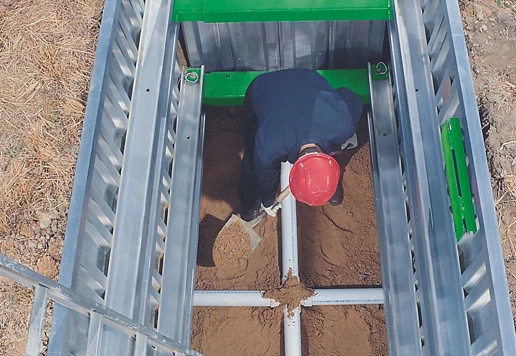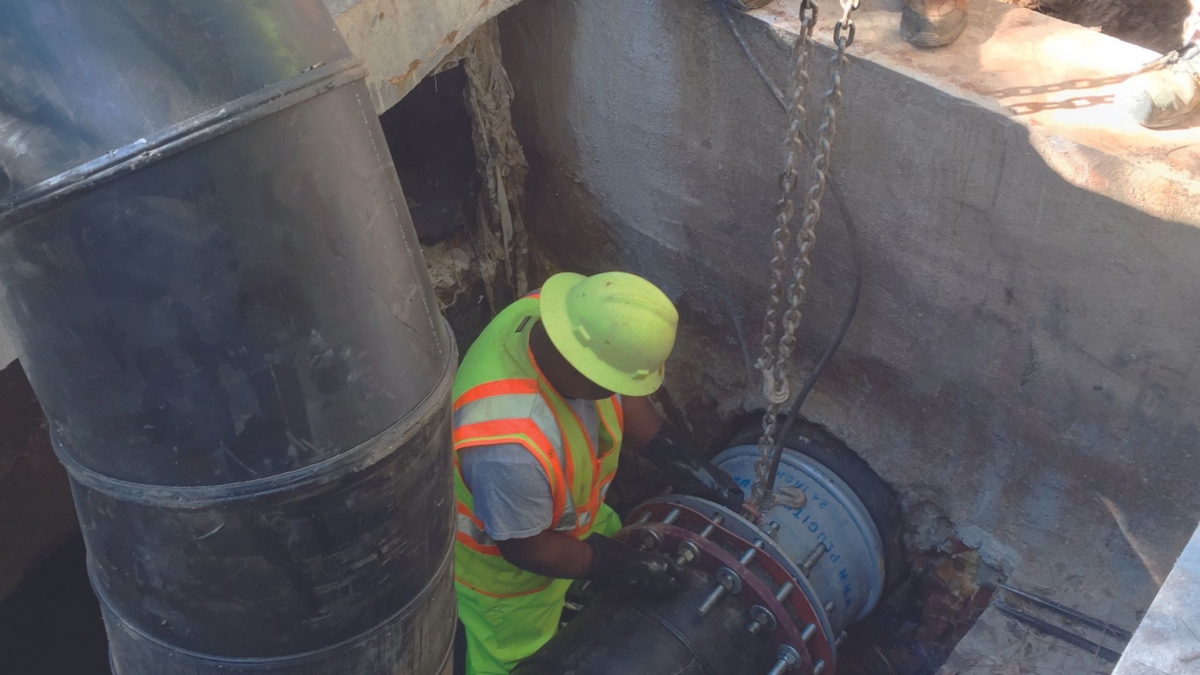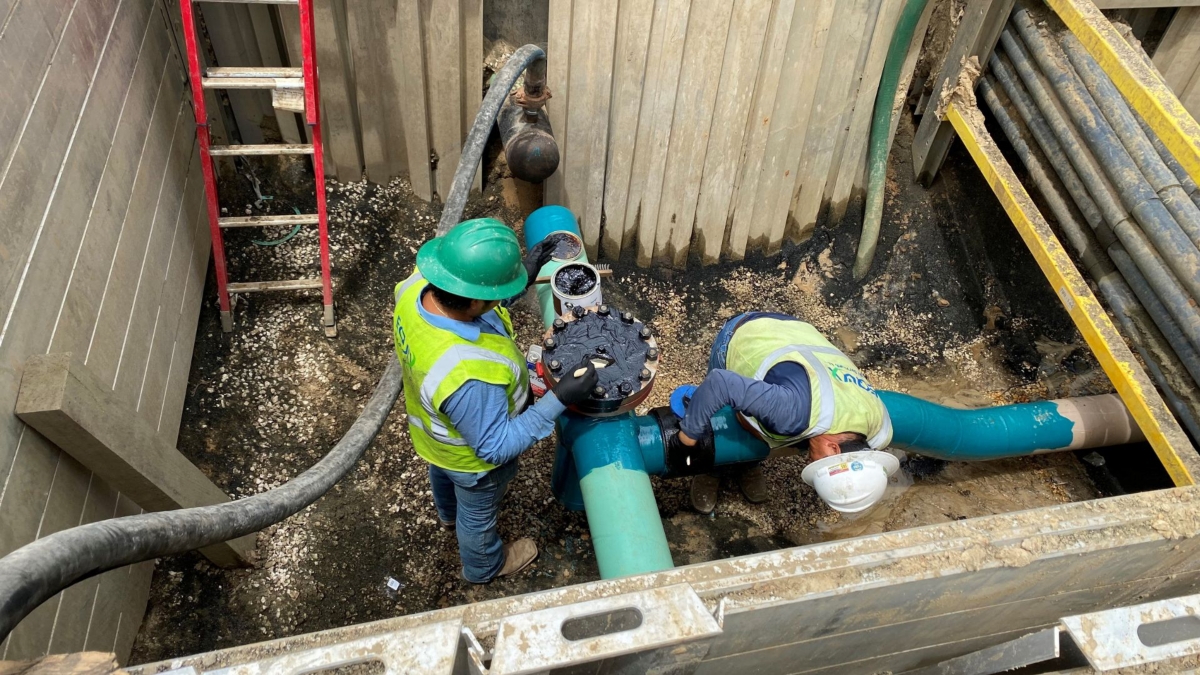Use the Sunbelt Rentals app
Find, rent, and return equipment, right at your fingertips
-
Equipment and Tools
-
Aerial Work Platforms, Scaffolding And Ladders
- See all
- Atrium Lift
- Cranes / Boom Trucks
- Electric Scissorlifts
- Low-Level Access
-
Manlift Articulating
- See all
- Manlift Articulating 120' - 135' Combustion
- Manlift Articulating 30' - 39' Combustion
- Manlift Articulating 30' - 39' Electric
- Manlift Articulating 34' - 39' Towable
- Manlift Articulating 40' - 49' Combustion
- Manlift Articulating 40' - 49' Electric
- Manlift Articulating 50' - 59' Towable
- Manlift Articulating 60' - 69' Combustion
- Manlift Articulating 60' - 69' Electric
- Manlift Articulating 80' - 89' Combustion
- Manlift Straight Boom
- Mast Boom Lift
- One Man Drivable
- One Man Push Arounds
- Power Accessories
- Rt Scissor
- Scaffolding And Ladders
- Straddle Adapter
-
Air Compressors And Air Tools
- See all
- Air Compressor Aftercoolers / Filters / Separators / Dryers
-
Air Compressors
- See all
- Air Compressors 1000cfm - 1300cfm
- Air Compressors 1000cfm - 1300cfm Instrument Quality
- Air Compressors 1500cfm - 1800cfm Instrument Quality
- Air Compressors 300cfm - 400cfm
- Air Compressors 300cfm - 400cfm Instrument Quality
- Air Compressors 5cfm - 85cfm
- Air Compressors 600cfm - 900cfm
- Air Compressors 600cfm - 900cfm Instrument Quality
- Air Compressors 90cfm - 250cfm
- Air Compressors Electric 100cfm - 1000cfm
- Air Compressor Accessories
- Air Impact Wrenches
- Air Nailers & Staplers
- Air Tools - Contractor
- Air Tools - Demolition
- Air Tools - Industrial
- Compaction
-
Concrete And Masonry
- See all
- Battery Powered Saw
- Concrete - Finishing Equipment
- Concrete - Surface Preparation Equipment
-
Concrete / Masonry - Cutting & Drilling Equipment
- See all
- Concrete& Asphalt Floor Saws - Push Type
- Concrete And Masonry Blades
- Concrete Dowel Drills
- Core Drill Bits
- Crack Chasers
- Cutoff Saws Hand Held/ Gas/ Air/ Electric/ Hydraulic
- Diamond Chain Saws
- Diamond Core Drills
- Early Entry Concrete Saws
- Masonry Saws
- Street Saws Self-Propelled
- Tile Saws
- Concrete Water Accessories
- Concrete / Masonry - Mixing & Placing Equipment
-
Cooling, Heating, Drying And Indoor Air Quality
- See all
- Air Management - Accessories
- Air Management - Air Scrubbers
- Air Management - Dehumidifier
- Air Management - Fans & Blowers
- Boilers
- Cooling - Air Conditioning
- Cooling - Air Handlers
- Cooling - Chillers
- Cooling - Cooling Tower
- Cooling - Spot Cooler
- Fans / Blowers / Ventilators
- Heating - Accessories
-
Heating - Direct Fired
- See all
- 201k-300k Btu Kerosene Heater Dir
- 20k-80k Btu Kerosene Heater Dir
- 301k-400k Btu Kerosene Heater Dir
- 301k-400k Btu Lp/Ng Heater Dir
- 40k-70k Btu Kerosene Heater Dir
- 81k-200k Btu Kerosene Heater Dir
- Propane Convection& Radiant Heaters 22k - 200k Bt
- Propane/Natural Gas Direct-Fired Heaters 30k-2.5m
- Heating - Electric
- Heating - Flameless
- Heating - Hydronic / Ground
-
Heating - Indirect Fired
- See all
- 1000k Btu And Up Kerosene Heater
- 1000k Btu And Up Lp/Ng Heater
- 1mil - 5mil Btu Diesel Heater
- 201k-300k Btu Kerosene Heater
- 301k-400k Btu Kerosene Heater
- 301k-400k Btu Lp/Ng Heater
- 401k-500k Btu Kerosene Heater
- 401k-500k Btu Lp/Ng Heater
- 501k-999k Btu Diesel Heater
- 501k-999k Btu Kerosene Heater
- 501k-999k Btu Lp/Ng Heater
- 81k-200k Btu Kerosene Heater
- Heating - Steam / Hot Water
-
Earth Moving
- See all
- Backhoe Loaders
- Dozers & Crawler Loaders
- Excavators
- Hydraulic Breakers & Demolition Attachments
- Mini Excavators
- Motor Graders
- Rental Vehicles
-
Skidsteer Loaders
- See all
- Compact Skidsteer Loader
- Skidsteer Loader 999lb& Under
- Skidsteer Loader 1000-1499lb
- Skidsteer Loader 1100-1500lb Track
- Skidsteer Loader 1500-2000lb
- Skidsteer Loader 1500-2100lb Track
- Skidsteer Loader 2000-2800lb
- Skidsteer Loader 2100-2800lb Track
- Skidsteer Loader 2800-3200lb Track
- Ride On Skidsteer Attachments
- Skidsteer Attachments
- Tractors & Landscape Loaders
- Trenchers
- Wheel Loaders
- Floor Care
-
Forklifts
- See all
- Forklift Accessories
- Forklifts - Industrial
- Forklifts - Straight Mast Rt
- Forklifts - Telehandler
-
Material Handling Equipment
- See all
- Aluminum Dockplates
- Aluminum Loading Ramps
- Appliance Trucks
- Banding Kits
- Cricket Pipe Dolly
- Dry Wall Lift& Carts
- Duct Jacks/ Genie Material Lifts
- Glass Manipulators
- Grasshopper Pipe Dolly
- Hand Trucks
- Hilman Rollers/ Roller Skid Systems
- Hydraulic Rol-A-Lift
- Johnson Bar/ Pry Dollies
- Load Binders
- Pallet Pullers
- Pallet Trucks
- Platform Trucks
- Roust-A-Bout Portable Lift
- Stairclimbing Motorized Hand Trucks
- Warehouse Dolly
-
General Construction Tools
- See all
- Abrasive Blasting Equipment
- Batteries And Chargers
- Battery Powered Air Compressor
-
Battery Powered Tools
- See all
- Angle Grinders - Battery
- Circular Saws - Battery
- Compound Miter Saws - Battery
- Drywall Screwdrivers - Battery
- Hand-Held Band Saw - Battery
- Hand-Held Drills - Battery
- Impact Wrenches - Battery
- Miscellaneous - Battery
- Nailers - Battery
- Orbital Sanders - Battery
- Portable Table Saw - Battery
- Reciprocating Saws - Battery
- Rotary And Demolition Hammers - Battery
- Battery Powered Vacuum
- Chain Hoists & Air Winches
- Conveyors
- Drain & Sewer Cleaning & Inspections
-
Electric Tools
- See all
- Angle Grinders
- Belt Sanders
- Circular Saws
- Compound Miter Saws
- Die Grinders
- Drywall Screwdrivers
- Hand-Held Band Saw
- Hand-Held Drills
- Heat Gun
- Impact Wrenches
- Jigsaws
- Magnetic Drills
- Orbital Sanders
- Planers
- Portable Table Saw
- Reciprocating Saws
- Rotary And Demolition Hammer Accessories
- Rotary And Demolition Hammers
- Routers
- Shears& Nibblers
- Stationary Chop Saw
- Hydraulic / Electric Torque Wrenches / Enerpac
- Hydraulic Cylinders / Enerpac Jacking Systems
- Hydraulic Pumps / Enerpac
- Hydraulic Tools / Enerpac
- Industrial Vehicles
- Jacks - Bottle / Screw / Toe Jack
- Laser & Optical Levels
- Lighting Equipment
-
Mechanical & Electrical Contractor Trade Tools
- See all
- Cable Feeder
- Cable Reel Roller - Electric
- Cable Reel Stands/ Spindles
- Chain Vice/ Tri-Stand/ Pipe Stands
- Crimping Tools - Electric
- Crimping Tools - Manual
- Electric Cable Pullers& Sheaves
- Electric Conduit Benders
- Electric Pvc Heaters/ Pvc Benders
- Geared Threader/ Hog Head
- Hole Cutting Tool
- Hydraulic Conduit Benders
- Hydraulic Punch Drivers/ Knockout Sets
- Manual Pipe Tools& Accessories
- Mechanical Conduit Benders
- Pipe Threaders - Electric
- Power Fish System
- Power Pipe Cutters
- Victaulic Roll Groovers
- Wire Carts/ Dispensers
- Miscellaneous
- Paint Sprayers
- Pressure Washers
- Siding Brake
- Site Services
- Storage Containers / Jobsite Storage
- Traffic Safety Equipment
- Trailers
- Welding & Plasma Cutting Equipment
- Generators And Accessories
- Ground Protection
-
Lawn, Landscape, And Tree
- See all
- Battery Powered Lawn & Landscape
-
Lawn & Landscape
- See all
- Backpack Sprayer
- Bed Edger/ Trencher
- Chain Saws
- Garden Tillers
- Gas-Powered Drill
- Hand Tools
- Hand-Held Metal Detector
- Hedge Trimmers
- Hydroseeder
- Lawn Aerators
- Lawn Dethatchers
- Lawn Mowers& Brush Cutters
- Lawn Overseeder
- Lawn Spreader& Roller
- Lawn Vacuum
- Leaf Blowers/ Mulchers
- Log Splitter
- Post Driver
- Post Hole Augers
- Sod Cutters
- Straw Blowers
- Trimmers& Pruners
- Wheelbarrows
- Stump Grinders
- Wood & Brush Chippers
- Load Banks
- Portable Ice Rinks And Pathways
- Pumps
- Refrigeration
- Temporary Containment Walls
- Temporary Fencing
- Temporary Structures
- Trench And Shoring Equipment
-
Aerial Work Platforms, Scaffolding And Ladders
-
-
Industry Solutions
Agriculture Equipment Amusement Theme Parks Automotive Equipment Aviation Equipment Civil Commercial Construction Equipment Educational Facility Equipment Emergency Restoration and Response Entertainment Venue EquipmentEvent Rentals Film & TV Production Golf Course Management Equipment Government Services Healthcare Hospitality Equipment Industrial Manufacturing Equipment Marine EquipmentMining Equipment Oil Gas Equipment Real Estate and Property Maintenance Retail Maintenance Equipment Stadium Maintenance & Cleaning Equipment Utility Services
-
Industry Solutions

What Equipment Is Required for Confined Space Work?
Confined spaces, according to the Occupational Safety and Health Administration (OSHA), are any space or area with limited or restricted means of entry or exit and are not designed to be continuously occupied by an inhabitant. Examples of confined spaces include tanks, vessels, silos, storage bins, vaults, pits, tunnels, and manholes.
To successfully enter a confined space to perform any work, you need special tools known as confined space retrieval equipment.
Confined Space Work Equipment
Due to the hazards involved in entering, occupying, or exiting a confined space, the use of specialized tools like confined space rescue equipment, confined space entry equipment, confined space safety equipment, and more are required to ensure the safety and success of the project. Click any of the links below to learn more:

Types of Respiratory Protection Equipment
- Air-purifying respirators (APRs): This helps to filter contaminants from the air
- Self-contained breathing apparatus (SCBA): This tool serves as a self-contained air supply to aid breathing in confined spaces.
- Supplied-air respirators (SARs): Supplied-air respirators are similar to self-contained breathing apparatuses, except for the fact that they get their clean air from an external source.
The Importance of Proper Selection, Fit Testing, and Maintenance of Respiratory Equipment
It is important to note that if respiratory protective equipment (RPE) does not fit a worker well due to any reason, such as facial shapes or extra accessories, then that worker is not protected.
Maintenance is also a critical part of proper respiratory protection. A well-maintained RPE is guaranteed to protect your worker from adverse atmospheric conditions as long as the right rig is selected.
Emergency Escape Breathing Devices (EEBDs)
It is not uncommon for workers to require emergency escape strategies during emergency situations in confined spaces. Emergency Escape Breathing Devices (EEBDs) work as effective backup breathing options during confined space emergencies. We recommend that your workers receive proper training on how to use EEBDs during emergencies.
At Sunbelt Rentals, this personnel retrieval system allows the worker to be tied off and safety connected when working underground or in difficult to access areas. Davit arms allow a worker to be suspended or anchored while working below surface. Click to learn more.

Types of Fall Protection Systems
Below are three (3) common types of fall protection systems:
- Harnesses and lifelines: Harnesses and lifelines are great for preventing falls and facilitating rescue operations involving confined spaces.
- Retractable lifelines: Retractable lifelines are designed to allow restricted freedom of movement while ensuring safety from falls.
- Tripods and davit systems: Tripods and davit systems help provide anchoring points during rescues.
Hazardous Atmosphere Detection Devices
It is impossible to talk about confined spaces and not discuss hazardous atmospheres. The restrictive nature of confined spaces with little to no space for fresh air typically breeds dangerous atmospheres, which is why it is necessary to always monitor the atmospheric conditions of confined spaces using hazardous atmosphere detection devices or confined space air monitoring equipment. These devices help to detect the presence of harmful gases or the lack of sufficient oxygen.
Types of Detection Devices
- Multi-gas monitors: Multi-gas monitors help detect various gases simultaneously. This atmosphere monitoring equipment is good for confined spaces with suspected gaseous elements.
- Oxygen deficiency monitors: This device is simply used to monitor the oxygen level in the atmosphere.
- Combustible gas detectors: Flammable gases are sometimes odorless and need to be detected by special equipment like the combustible gas detector.
Note: Regularly calibrating and maintaining hazardous atmosphere detection devices are necessary for obtaining accurate results and ensuring worker safety.
Types of Lighting for Confined Space Retrieval
There are a myriad of lights that can be used in confined spaces, and the ones you choose depend on the type of confined space you are working in, the required visibility, the presence of visibility-blocking gases, and your preferences.
- Explosion-proof flashlights: As the name says, these kinds of flashlights are used in confined spaces with flammable gases. Explosion-proof flashlights are able to work without causing sparks that could potentially ignite flammable gases or dust.
- Headlamps: Headlamps are lamps attached to the helmet of a confined space worker to aid visibility.
- Area lighting: Area lights are used to illuminate an entire area at once. They are typically used in conjunction with other lights like headlamps and explosion-proof lights. Some area lights are also explosion-proof lights.
Note: It is important to use intrinsically safe electrical equipment in confined spaces with potential ignition sources.

Additional Equipment for Confined Space Work
The pieces of equipment used for confined space work are quite numerous, and it would be impossible to cover them all in this article. Below are some extra equipment to consider when working in confined spaces:
- Coveralls and accessories
- Hardhats and face shields
- Hearing protection like earplugs and earmuffs
- Fire extinguishers and flame-retardant clothing
- Harnesses and anchor points for fall protection and rescue operations
Conclusion
According to the recommendations provided by OSHA, working in any area that qualifies as a confined space comes with many safety hazards. Working with the appropriate equipment for a particular confined space goes a long way in ensuring the safety of your team members and the success of a project or rescue mission.
Are you planning your next Trench and Excavation project?
Contact the Trench Safety rental experts at Sunbelt Rentals for all your Trench Safety training and equipment needs.
Trench Safety Resources
Dive deeper into Trench Safety with these related articles, blogs, and success stories.






